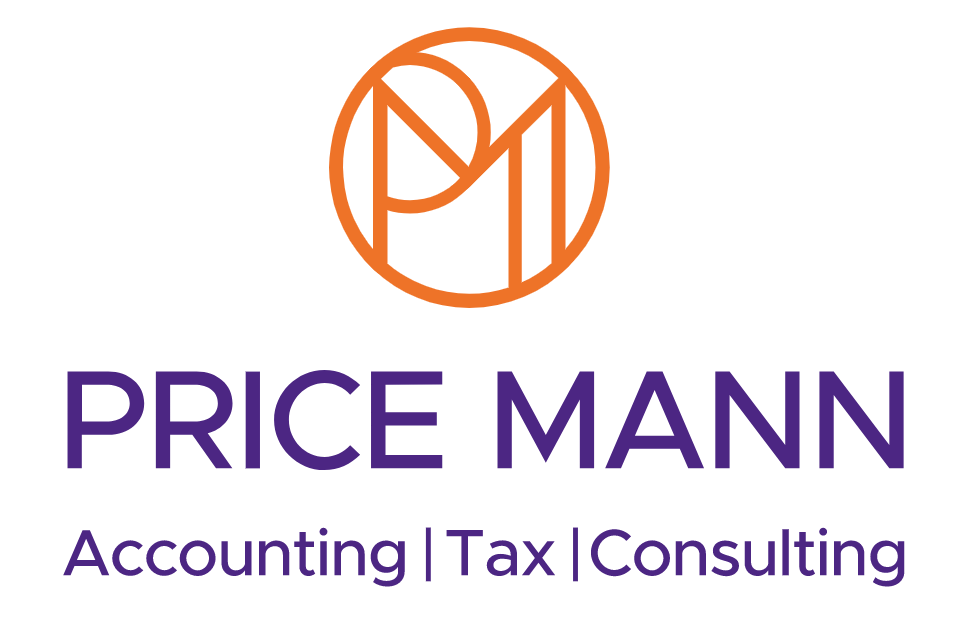Business Update November
This is a subtitle for your new post
UK growth edges up in August
Manufacturing leads and services have stalled as budget pressures build. The UK economy grew marginally in August, as official figures showed a 0.1% rise after a revision, following a 0.1% fall in July.
Manufacturing provided the uplift, expanding by 0.7%, while the much larger services sector was flat.
Growth was 0.3% on a rolling three-month basis in August. The Office for National Statistics said services held steady, and the drag from production eased.
Ministers have prioritised growth ahead of November’s Budget, yet most economists expect only subdued momentum in the months ahead. Many analysts also think tax rises or spending cuts will be necessary to meet the Chancellor’s borrowing rules. Momentum remains fragile overall.
The Institute for Fiscal Studies estimates a £22 billion gap in the public finances. It says Rachel Reeves will almost certainly have to raise taxes to fill it. The Chancellor said that she is considering further measures on tax and spending to ensure the numbers add up.
Internationally, the IMF expects the UK to be the second-fastest-growing advanced economy this year. However, it also forecasts the UK will have the highest inflation in the G7 in both 2025 and 2026, driven by higher energy and utility costs.
The Treasury said the UK has recorded the fastest growth in the G7 since the start of the year, while acknowledging that many people still feel the economy is “stuck”. It said the Budget will focus on helping businesses grow, investing in infrastructure and cutting red tape to get Britain building.
Talk to us about your business.
HMRC’s R&D eligibility checker explained
HMRC has launched an online checker to help businesses judge whether their projects meet the definition of research and development for tax reliefs before they file a claim.
The tool aims to reduce errors, but it is not mandatory and does not guarantee acceptance.
It works like CEST for IR35: you answer a series of questions and receive a result indicating whether the project contains qualifying R&D. The process takes approximately 10 minutes.
The checker is aimed at first-time claimants and companies with limited experience. However, HMRC expects a ‘competent professional’ to supply or validate several answers. This means someone qualified or experienced in the relevant science or technology, usually involved in the project and aware of baseline knowledge at the start.
The questionnaire has three sections. Section one confirms the project details and whether you tried to solve a scientific or technological problem. Sections two and three require input from the competent professional. They test whether the work sought an advance in knowledge or capability, whether scientific or technological uncertainties existed, what was done to overcome them, and whether the work resolved the issue.
If any response shows the project is ineligible, the tool pauses and explains why. You can amend your answers and continue. At the end, you’ll see a statement that the project includes qualifying R&D or reasons it does not.
You can preview, save, and print the results. The tool does not assess costs or scheme choice, so check HMRC guidance on eligible expenditure separately.
Updated process for High Income Child Benefit Charge
HMRC’s online service to pay the High Income Child Benefit Charge (HICBC) through Pay As You Earn (PAYE) is now live.
HMRC’s online service to pay the High Income Child Benefit Charge (HICBC) through Pay As You Earn (PAYE) is now live. The service was announced at the Spring Statement 2025 and aims to reduce the need for some taxpayers to complete self assessment solely to settle the charge.
HICBC applies where the claimant or their partner has adjusted net income above the threshold. From the 2024/25 tax year, the threshold is £60,000, with child benefit fully withdrawn at £80,000. The clawback is 1% of the benefit for every £200 income over £60,000.
Previously, HICBC payers reported the charge via self assessment, with limited coding-out through PAYE for amounts under £2,000. Under the new approach, PAYE taxpayers who only file a return to pay HICBC can opt out of self assessment and pay via PAYE instead. To use the service, individuals must first de-register from self assessment; access should be available the following day.
HMRC plans to write to around 100,000 people who appear liable but are not in self assessment. In 2022/23, about 440,000 individuals were liable to HICBC. HMRC notes a risk of two HICBC amounts appearing in one year’s PAYE code where liabilities span 2024/25 and 2025/26, depending on timing.
Households can also opt out of receiving child benefit payments. Registration can still be beneficial, however, as it provides National Insurance credits for non-working parents and triggers a child’s NI number before age 16.
Workcations rise with tighter compliance
Mid-market employers increasingly offer UK-based staff the option to work abroad for part of the year, provided tax and legal checks are in place.
“Workcations,” where employees choose to work remotely from another country for agreed-upon periods, are now firmly on the agenda.
According to a survey of business leaders, 77% of companies now have a formal international remote-working policy, up from 59% two years ago. That shift mirrors the normalisation of hybrid and remote working for office roles and a stronger focus on work-life balance as a retention driver.
Policies are not free-for-all. Nearly all organisations with a policy (99%) allow overseas working only with approval or within strict parameters, up seven points from 2023, when the figure was 92%. Typical guardrails include capped days, approved countries, pre-travel declarations, and clear tax guidance.
Compliance has moved up the priority list. Previously, workcations risked errors triggering local filings, penalties, or inadvertent permanent-establishment exposure. In 2025, the share of businesses reporting this as a high risk has fallen to 2%, suggesting greater investment in monitoring tools, payroll controls, cross-border advice, and employee training.
The direction is clear: employees want flexibility, and employers are responding. Businesses looking to refresh their approach should document parameters, map tax and social security triggers by country, and set approval workflows. Done well, workcations can support attraction and retention without inviting compliance headaches.













